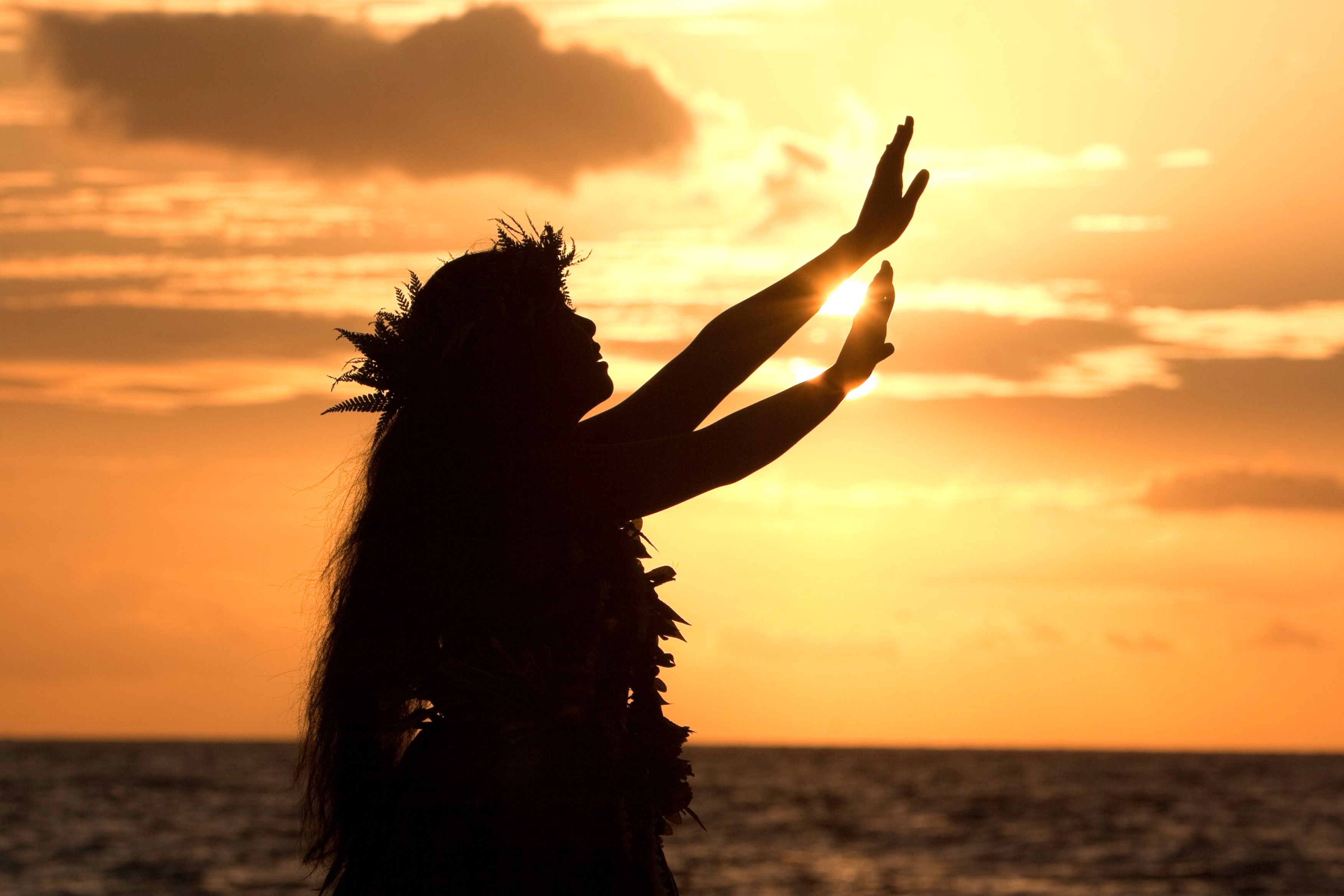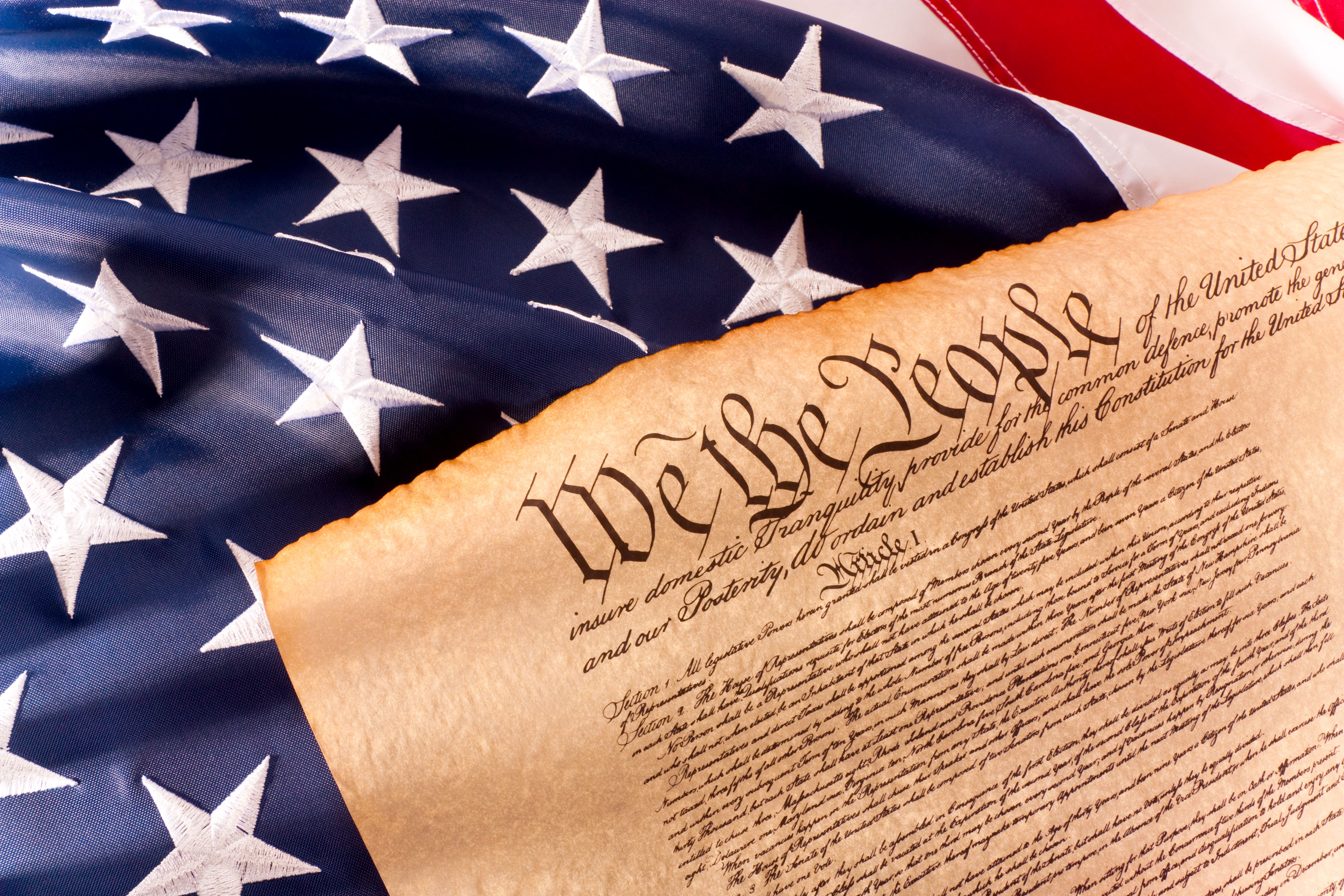Understanding Hawaiian Sovereignty and Pre-Annexation Laws
The Historical Context of Hawaiian Sovereignty
The history of Hawaiian sovereignty is a complex and multifaceted topic, deeply rooted in the rich cultural and political heritage of the Hawaiian Islands. Before the islands were annexed by the United States, Hawaii was a sovereign kingdom with its own governance and legal systems. Understanding the pre-annexation laws and sovereignty issues provides a window into the struggles and resilience of the Hawaiian people.
Hawaii's status as an independent nation was recognized internationally in the 19th century. The Kingdom of Hawaii had treaties with countries such as Britain, France, and Japan. This recognition was crucial, as it affirmed Hawaii's place on the world stage as a sovereign entity.

Pre-Annexation Legal Framework
Before becoming a part of the United States, Hawaii had a well-established legal system that governed its people. The legal framework was influenced by both traditional Hawaiian customs and Western laws introduced through interactions with European and American traders and missionaries.
One notable feature of this period was the Constitution of 1840, which marked Hawaii's transformation into a constitutional monarchy. This document established a government structure comprising three branches: executive, legislative, and judicial. It emphasized the protection of personal liberties and property rights, setting a foundation for governance that blended traditional and modern principles.

Cultural Impacts on Sovereignty
Cultural identity played a significant role in the sovereignty movement. The connection to land, or "aina," is a cornerstone of Hawaiian culture, influencing both social organization and legal structures. The relationship between the people and their land was integral to maintaining sovereignty and autonomy.
The introduction of Western ideologies challenged traditional cultural practices, leading to significant shifts. However, many Hawaiians continued to uphold their customs and laws, striving to protect their identity and sovereignty from external influences.

Annexation and Its Aftermath
The annexation of Hawaii by the United States in 1898 marked a turning point in Hawaiian history. The overthrow of Queen Liliʻuokalani in 1893 by American businessmen and settlers paved the way for annexation. This event is often viewed as a violation of Hawaiian sovereignty, sparking ongoing debates about legality and justice.
Post-annexation, Hawaii's laws and governance were significantly altered to align with U.S. systems. However, the legacy of pre-annexation laws continued to influence local governance and remain a point of pride and cultural identity for many Hawaiians.
The Modern Sovereignty Movement
Today, the Hawaiian sovereignty movement is active in seeking to address historical grievances and advocate for self-determination. This movement is diverse, encompassing various groups with differing visions for Hawaii's future—ranging from full independence to increased autonomy within the United States.
Central to this movement is the recognition of historical injustices and the preservation of Hawaiian culture and traditions. Efforts include cultural revitalization programs, legal challenges, and educational initiatives aimed at raising awareness about Hawaii's unique history and legal status.

Conclusion: The Path Forward
Understanding Hawaiian sovereignty and pre-annexation laws is essential to appreciating the complexities of Hawaii's past and its ongoing journey toward self-determination. While challenges remain, the resilience and dedication of the Hawaiian people continue to inspire efforts to address past injustices and forge a path toward a more equitable future.
As discussions about sovereignty continue, they highlight the importance of dialogue, cultural preservation, and respect for the unique history that defines Hawaii. The journey toward reclaiming sovereignty is not just about political status but also about honoring cultural heritage and ensuring that future generations understand their rich history.
